
Bring a red light flashlight
You may also encounter difficulties in reading the star map that you have taken with you. Light it with a red light flashlight instead of a classic white light that dazzles the eyes a lot at night. The red light flashlight is therefore an essential accessory for stargazing.
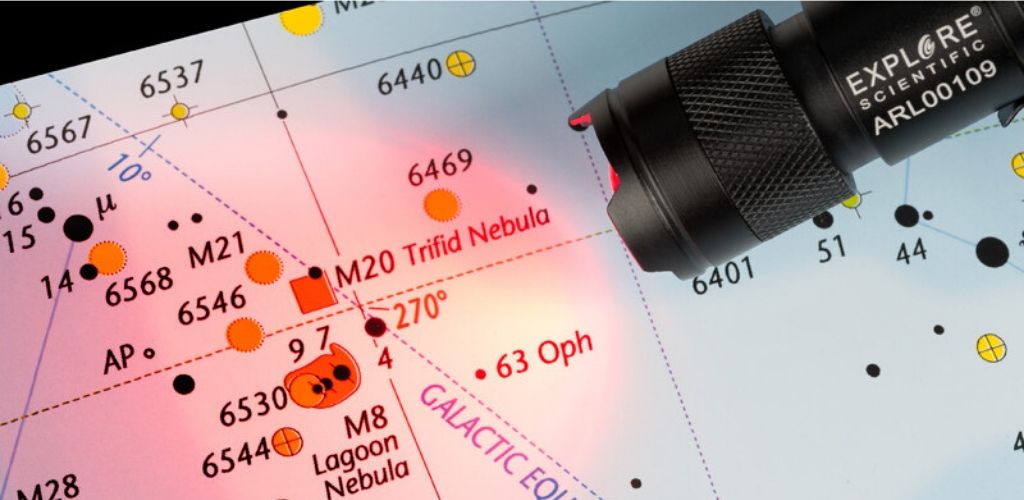
Carefully choose your observation spot
Choose an observation spot with an unobstructed view to the south. The tilt of the Earth being of 23 degrees, you will see more celestial objects of the night sky towards the south than towards north. Have an idea of what you want to see before going to your observation site. This will help you not to be lost during your observation night. To save time, think about printing and taking star maps.
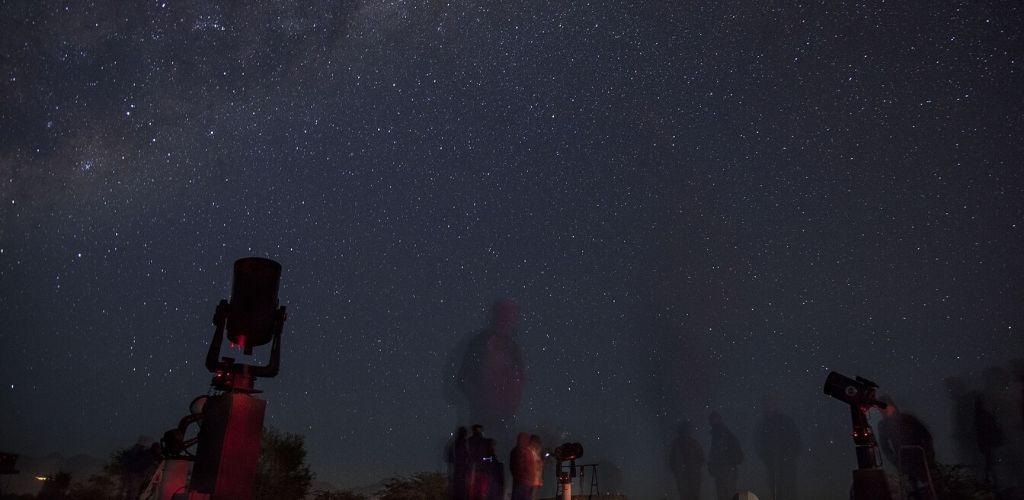
Find a good place for your telescope
To make good observations, it is important to choose the place where you will put your telescope. Stable ground is essential. Avoid concrete floors because they tend to hold the heat of the day and evacuate it at night, creating turbulence that can blur images through the telescope. Also note that if you kept your telescope indoors before using it, it will take an half hour to adjust itself to the ambient temperature.
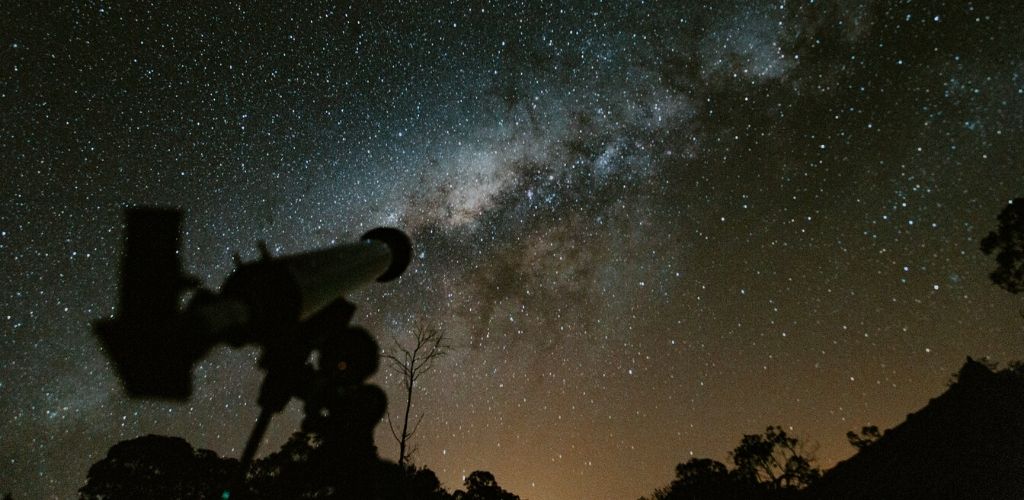
Wait a bit in the dark before starting
By switching from a well-lit room to your observation site, you may not be able to see much at first. Your eyes will easily distinguish the brightness of the brightest stars, However, you will have to wait for your pupils to adapt to the night vision to see the less brilliant of them.
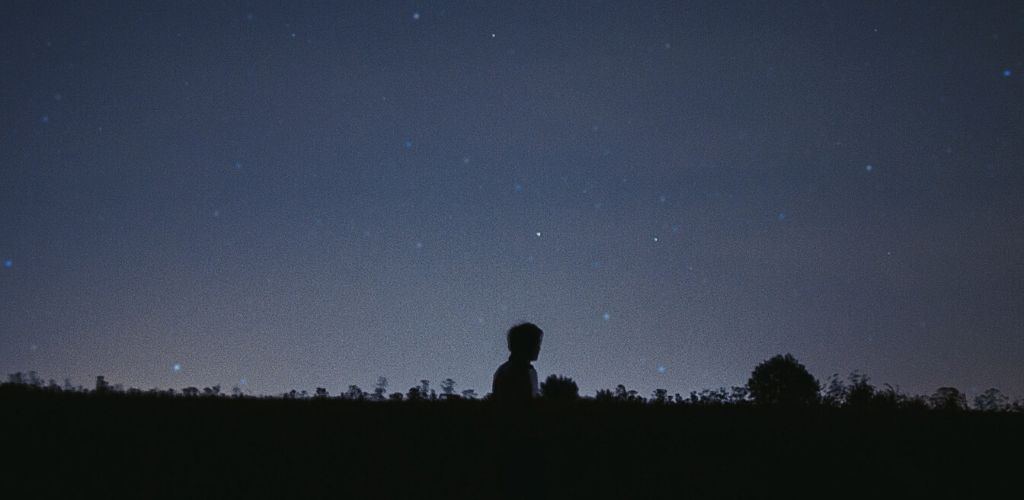
Test various eyepieces and filters
Experiment various magnification values with different telescope eyepieces. You will find that some magnifications are more suitable for observing certain celestial objects. Also test different filters. Oxygen III filters, for example, are used to observe nebulae because they block the entire light spectrum except for the yellow-green color emitted by the oxygen atoms. They can also serve as a light pollution filter, blocking the parasitic lights that often spoil the stargazing nights.
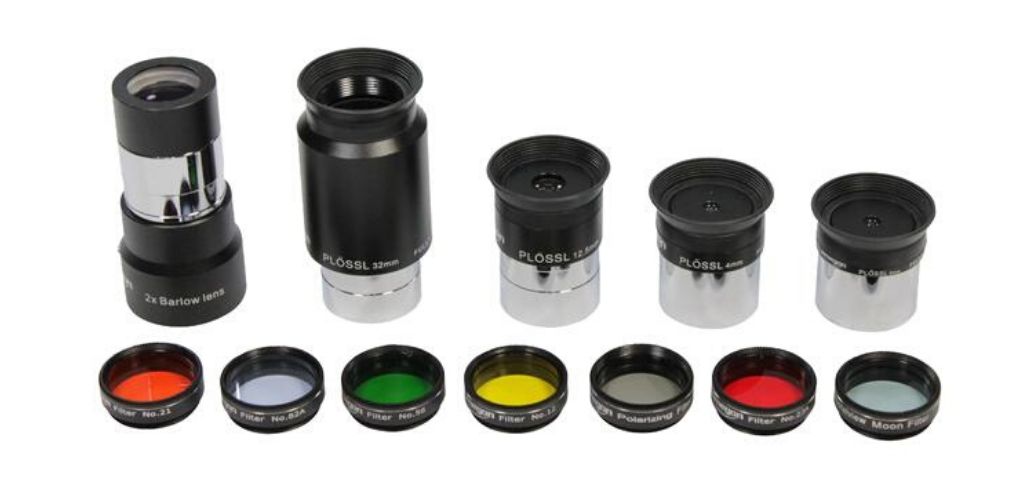
Test the shifted vision
Tips exist to make low luminous celestial objects more visible, such as shifted vision. We have at the bottom of the eye two kinds of photoreceptors : the cones, on the one hand, concentrated mainly in the center of the retina and particularly sensitive to colors, and the rods, on the other hand, located on the periphery of the retina and which, because of their greater sensitivity to light, allow us to see during the night. By taking our gaze away while holding the celestial object that we observe in the eyepiece on the periphery of our field of vision, it will appear to us brighter thanks to the greater sensitivity of the rods to the low luminosity.
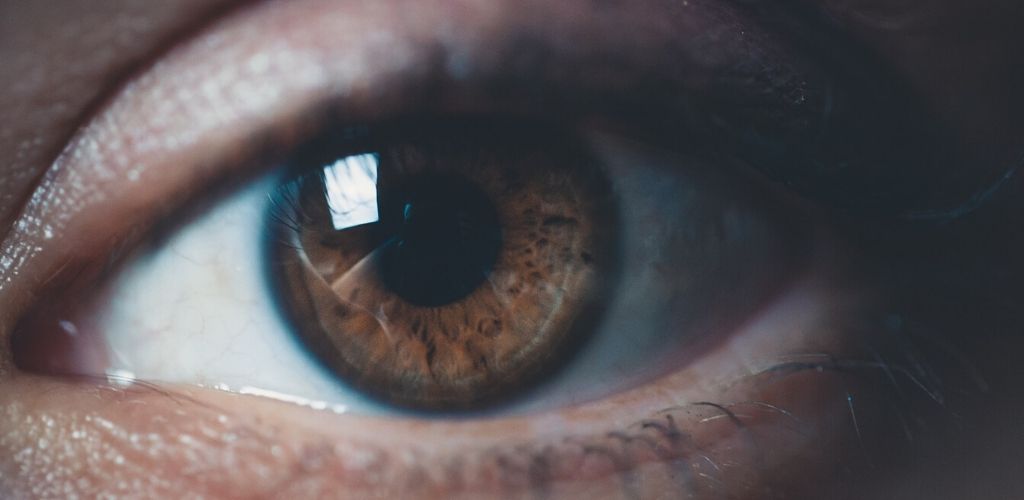
This is your first stargazing night ? Temper your expectations !
Do not expect too much from your first stargazing night. Do not expect to see in your eyepiece images of the quality of those of the Hubble Space Telescope. Some celestial objects are so far and their brilliance so low that they are difficult to see.
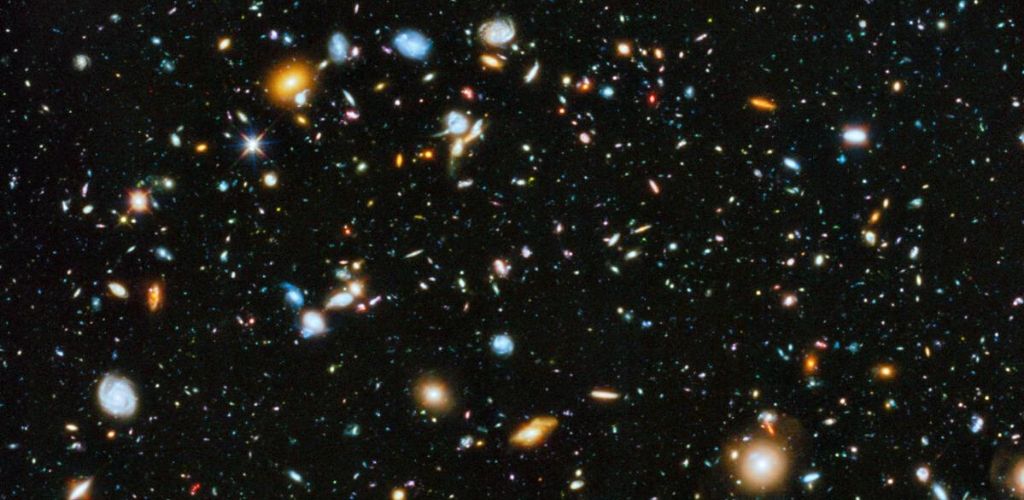

Images Credits :
- Red light flashlight, eyepieces and filters : Astroshop
- Hubble : HUBBLE SPACE TELESCOPE/NASA/ESA
- Other images : Pexels.com & Pixabay.com